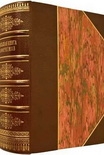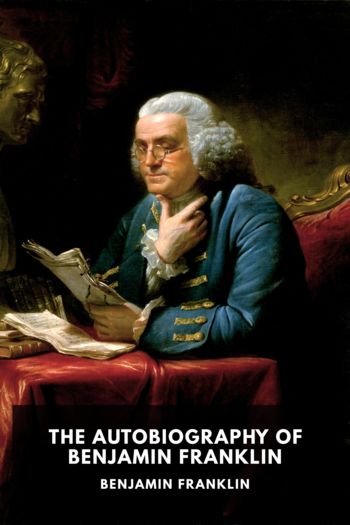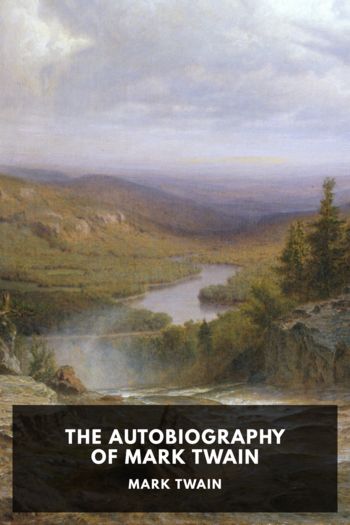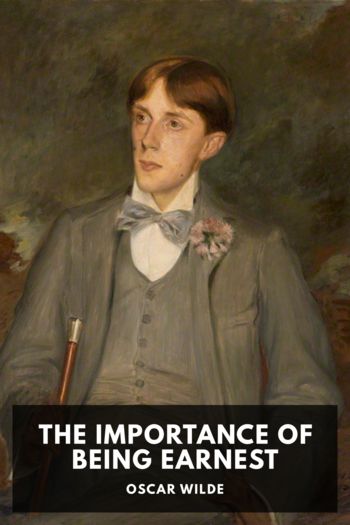Living History, Unknown [books to read in your 20s female TXT] 📗

- Author: Unknown
Book online «Living History, Unknown [books to read in your 20s female TXT] 📗». Author Unknown
I encountered similar sentiments among others who survived years of Nazism and communism, when good and evil were so easily defined. There cannot be a more chilling testimony to evil than the Nazi concentration camps at Auschwitz and Birkenau.
Documentary and movie footage of the surprisingly mundane brick buildings of Auschwitz and the long, silent railroad track of Birkenau cannot convey the horror of these places where Jews, dissident Poles, Gypsies and others were delivered to their deaths. I visited rooms filled with children’s clothing, eyeglasses, shoes, dentures and human hair―mute but damning testaments to the Nazi atrocities. I felt numb and sick when I thought of the millions whose futures were so brutally stolen. As we stood along the railroad tracks leading to the gas chambers, my guide told me that when the Allied troops were liberating Poland, the Nazis dynamited the crematoria to destroy the evidence of what they had done.
When I was about ten I remember going with my dad to a roadhouse bar and restaurant on the Susquehanna River near the Rodham cottage at Lake Winola. As the bartender talked to my dad, I noticed the tattooed numbers on his wrist. When I later asked my dad about them, he explained that the man had been an American prisoner of war captured by the Nazis. I asked more questions, and my dad told me that the Nazis also tattooed numbers on the arms of millions of Jews and killed them in gas chambers or used them as slaves in concentration camps. I knew that my grandmother Della’s husband, Max Rosenberg, was Jewish, and I was horrified that someone like him could have been murdered just because of his religion. Coming to terms with the existence of such evil at a distance is difficult, but at my next stop in Warsaw, I met people for whom that challenge had become profoundly personal.
Waiting in a meeting room of the Ronald S. Lauder Foundation Jewish Community Center were twenty people who had learned in recent years that they were Jewish. A man in his fifties had been told by the woman he knew as his mother that his biological parents had given him to her, to spare him from the Holocaust. A teenager had learned from her parents that her maternal grandparents pretended not to be Jewish in order to avoid being sent to concentration camps. Now this young woman would have to decide who she was.
On a return trip to Poland in October 1999, I visited the Foundation to recognize the reestablishment of Judaism in Poland. After the Polish press reported on my speech, the Foundation received calls and letters from Polish Jews living in the countryside who said that until they read about my visit, they had thought they were the only Jews left. Just as societies were facing their histories, so too were countless individuals.
In fact, Madeleine Albright, whom I met in the Czech Republic, would share a similar experience. Growing up, Madeleine had no idea that her parents were Jewish. She had been raised Catholic but would soon learn―through a journalist working on her biography―
that three of her grandparents had died in Nazi concentration camps. Her family emigrated from Czechoslovakia to England and ultimately to Denver, where Madeleine finished high school before enrolling at Wellesley. Although she was surprised by the news of her Jewish heritage, Madeleine told me that she understood her parents’ anguished efforts to protect their children.
Madeleine and I met with President Vaclav Havel, the playwright and human rights activist who had spent years in prison for his dissident activities. After the Velvet Revolution in 1989 that peacefully trans formed Communist Czechoslovakia into a democracy, Havel became the nation’s first President. Three years later, when Czechoslovakia split into two separate countries―Slovakia and the Czech Republic―he was elected President of the new Czech Republic.
I first met Havel in Washington at the dedication of the Holocaust Museum in 1993.
He was a great friend of Madeleine, who spent her early childhood in Prague and spoke fluent Czech. By then an international icon, Havel was shy, yet eloquent, funny and utterly charming. I found him enormously compelling, and he and Bill bonded over their mutual love of music. Havel gave Bill a saxophone on Bill’s first trip to Prague in 1994, when they visited a jazz club that had been at the center of the Velvet Revolution. Havel insisted that Bill play with the performers and then accompanied him on the tambourine!
Bill’s renditions of “Summertime” and “My Funny Valentine” and other songs they played together were made into a CD that earned cult status in Prague.
Recently widowed, Havel invited Madeleine and me to his private home for dinner, rather than dining at the official presidential quarters in the Prague Castle. When my car pulled up, he was waiting on the sidewalk with a bouquet of flowers and a small gift, a sculpted headband made out of aluminum by one of his artist friends.
After a lively dinner, Havel led us on a walk through the old city and across the famous Charles Bridge, a popular destination for musicians, teenagers and tourists. During his years as a dissident, the bridge had been a gathering point where people could play music or swap records and tapes acquired through the black market―and where they





Comments (0)